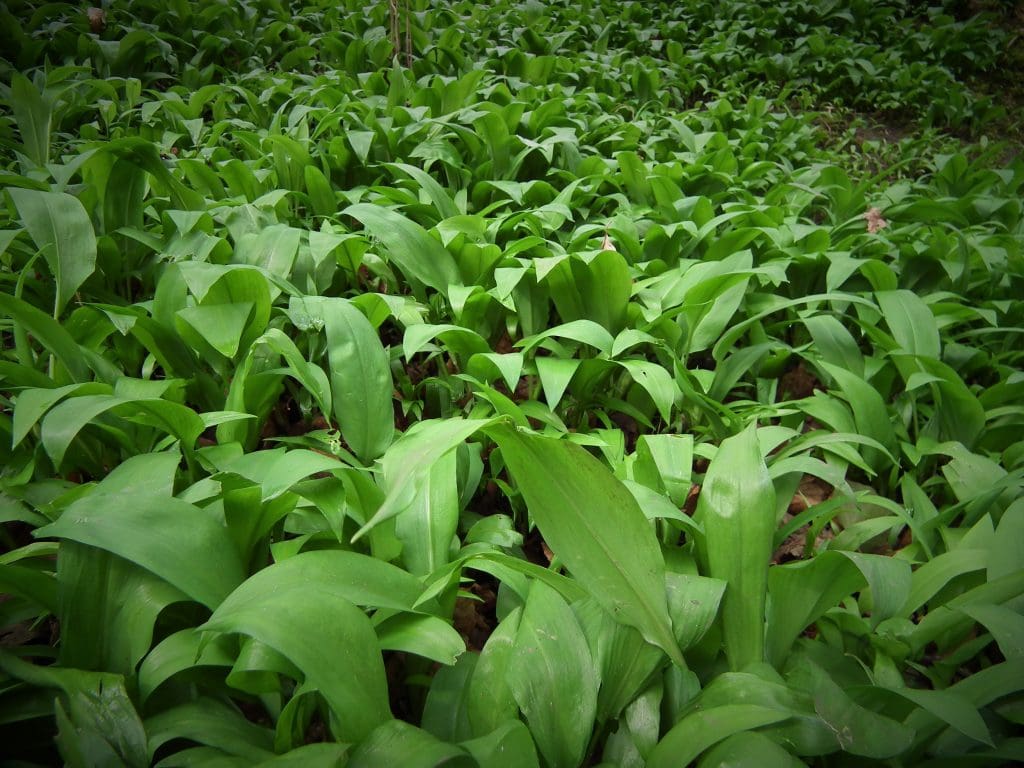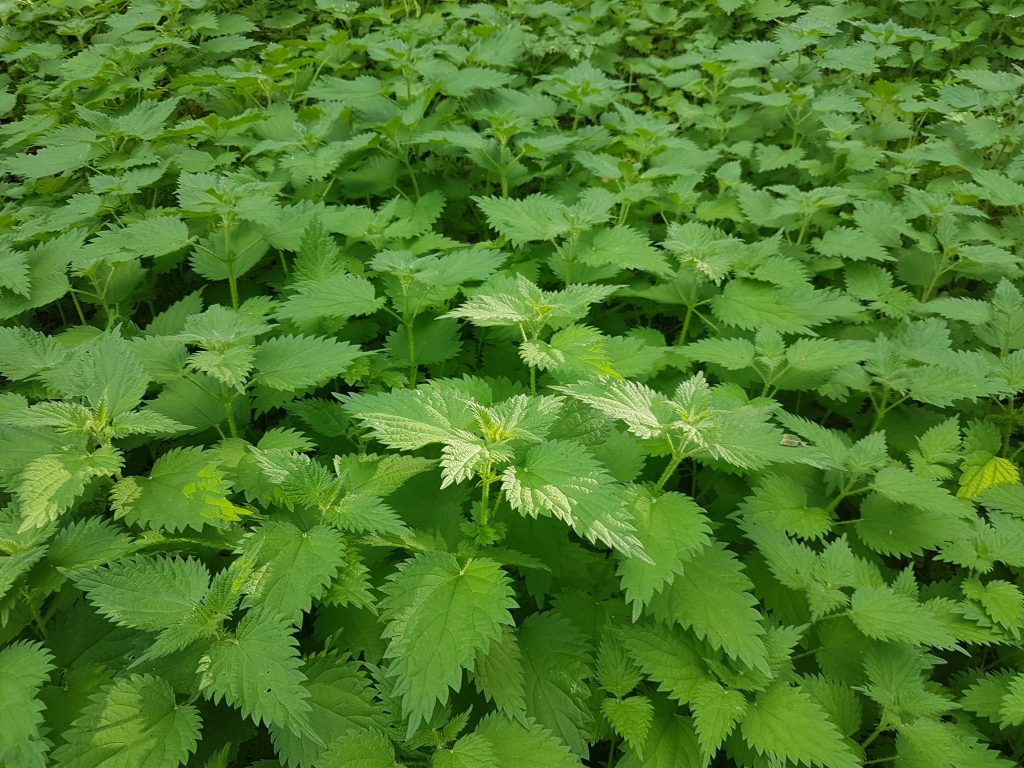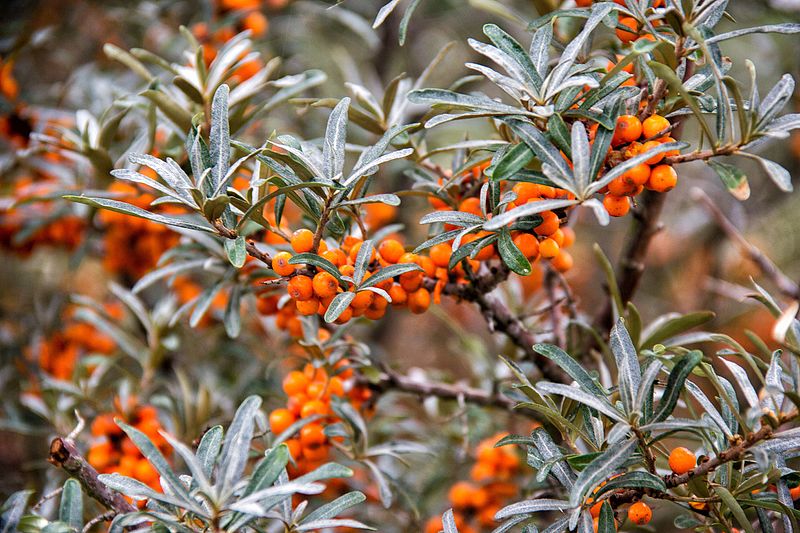Come along on a delightful springtime foraging adventure in the enchanting South West England! Get ready to explore the bountiful landscapes, uncover hidden treasures, and embark on a culinary journey like no other.
In this article, we will delve into the world of foraging, discovering where to find these natural wonders, key identification features, and the endless possibilities of what you can create with them.
So, grab your basket and let’s dive into the fascinating world of foraging in South West England!
Why Foraging is a Thriving Trend
Foraging has experienced a revival in recent years, capturing the attention of both seasoned chefs and nature enthusiasts alike. The desire to source sustainable, local food and connect with nature has propelled foraging into the spotlight. As Martin Bailey, the expert forager behind Go Foraging in Bristol, explains, “It’s an integral part of being human, harkening back to our hunter-gatherer days when foraging was vital for our survival.”
The lockdown during the spring of 2020 further fueled the interest in foraging, as people sought solace in the great outdoors and sought to engage with nature in meaningful ways.
A Closer Look at the South West England’s Abundant Offerings
The South West England is a treasure trove for foragers, boasting diverse ecosystems that harbor a myriad of edible delights. From ancient woodlands to hedgerows, these landscapes are teeming with edible plants waiting to be discovered. Helen Keating, content manager at the Woodland Trust, suggests exploring woodland and hedgerow habitats, where you’re likely to encounter an array of edible plants such as hawthorn leaves, nettles, garlic mustard, wild garlic, blackberries, elder, and sloes, depending on the season.
Woodlands:
The enchanting woodlands of the South West England offer a forager’s paradise. As you wander through these ancient groves, keep an eye out for delicious finds such as wild garlic, also known as ramsons. With its distinctive scent and delectable leaves and flowers, it adds a delightful twist to salads, soups, and sauces.

The leaves of hawthorn trees also make a tasty addition to green salads, sandwiches, and potato salads. Their pleasant nutty taste is a delightful surprise.

Hedgerows:
The South West England’s hedgerows are a completely teeming with edible delights. Here, you’ll discover an abundance of delectable treats, including nettles, blackberries (candied stems in spring), and elderflowers. Nettles, often regarded as a pesky weed, are packed with nutrients and can be transformed into delicious dishes. Their leaves, rich in iron, vitamins A and D, and minerals, are perfect for making nettle tea, soup, or even beer. Blackberries, with their juicy sweetness, are perfect for pies, jams, or enjoyed fresh off the bramble. Elderflowers, with their delicate fragrance, are ideal for infusing drinks, making cordials, or even indulging in homemade elderflower fritters.

Coastal Delights:
The South West has an abundance stunning coastline, offering a whole new world of foraging opportunities.
Sea buckthorn, with its vibrant orange berries, is a coastal gem with a tangy, citrusy flavor.
Marsh samphire, also known as sea asparagus, adds a salty crunch to salads and makes a delightful side dish when steamed or stir-fried.
Along the coast, you may also stumble upon laver, a dark-colored seaweed used to make the traditional Welsh dish called “Laverbread.”

Where to Forage in the South West England
Foraging may conjure images of idyllic woodland walks, but fear not if you don’t have access to remote forests. You can start right in your own backyard! We suggest exploring your garden if you have one, picking three or four plants to delve into. Reliable sources can guide you on what to pick, what each part does, and how to use them in your culinary creations.
If you don’t have a garden, head to your local park, starting close to home before venturing further afield. Your local park may surprise you with an abundance of forageable treasures. Rensten recalls finding 180 different plant species in his local north London park alone. So grab your gathering basket and embark on an exciting foraging expedition right in your neighborhood.
Once you’ve familiarized yourself with what’s available nearby, it’s time to explore the wider South West England region.
From the woodlands of Devon and Cornwall to the coastal cliffs of Dorset and Somerset, there’s a vast playground awaiting your foraging endeavors.
The Legalities of Foraging
Before setting off on your foraging adventure, it’s important to understand the legalities surrounding this ancient practice. In general, foraging is permitted in most public spaces, including parks, beaches, nature reserves, woodlands, and hedgerows. However, there’s a crucial rule to keep in mind: it’s illegal to uproot or remove a plant without permission from the landowner or occupier. This includes algae, lichens, and fungi.
Additionally, certain species are specially protected, so it’s essential to familiarize yourself with the local regulations. The Association of Foragers provides a list of protected species for reference. When in doubt, it’s always best to speak to the landowner before embarking on your foraging expedition.
It’s also crucial to forage responsibly, ensuring you do not deplete habitats or harm the ecosystem. Gather smaller quantities from different patches, ensuring the plant population remains healthy and thriving. Remember, we are part of the local ecosystem and have a responsibility to preserve and respect it.
Foraging is A Year-Round Adventure
One of the joys of foraging is its year-round appeal.
Each season brings its own unique offerings, allowing you to immerse yourself in the ever-changing natural world.
In the UK’s changeable weather, seasons don’t fit neatly into categories, there’s often a lot of crossover. For example, nettle leaves are best picked in the first few weeks of spring, but they can be harvested again until early summer if they’ve been cut back.
Observing the seasons and noting the changes in plants adds an exciting element to your foraging journey. The more you visit a particular spot throughout the year, the more you’ll learn and discover. Witnessing the transformation of a plant from its first tender shoots in spring to its mature fruits or seeds in summer or autumn is a truly captivating experience.
In addition to seasonal variations, certain plants are endemic to specific environments, adding to the thrill of exploration. With some of my favourites being sea buckthorn along the coast, bilberries on heathland and moorland, cobnuts in Kent, and laver along the West Coast of Britain. Each locality has its own unique treasures waiting to be discovered and savored.
One of our Springtime Favourites: Wild Garlic Pesto
Now that you’ve explored the wonders of foraging in South West England, it’s time to bring your harvest to life in the kitchen.
Let’s celebrate the arrival of spring with a vibrant and flavorful recipe: Wild Garlic Pesto.
Ingredients:
- 100g wild garlic leaves
- 50g pine nuts
- 50g Parmesan cheese, grated
- 150ml extra virgin olive oil
- Juice of 1 lemon
- Salt and pepper to taste
Method:
- Wash the wild garlic leaves thoroughly and pat them dry.
- Toast the pine nuts in a dry pan until golden brown, then set aside to cool.
- In a food processor, combine the wild garlic leaves, toasted pine nuts, grated Parmesan cheese, and a squeeze of lemon juice.
- Slowly drizzle in the olive oil while the food processor is running until the mixture reaches a smooth, creamy consistency.
- Season with salt and pepper to taste.
- Transfer the pesto to a jar and store in the refrigerator for up to one week.
This vibrant and aromatic wild garlic pesto is a versatile delight.
Serve it with pasta, spread it on crusty bread, or use it as a sauce for grilled vegetables or roasted meats.
Foraging is not just a solitary pursuit; it’s a chance to connect with like-minded individuals and be part of a vibrant community. The shared passion for nature, sustainability, and culinary exploration brings people together. Engage with local foraging groups, attend workshops, and participate in expert-led walks to expand your knowledge and forge meaningful connections.
As you embark on your foraging adventures in the South West England, remember to approach nature with an inquisitive mind and a deep respect for the environment. Let the wonders of the natural world captivate you, and revel in the joy of discovering and creating using the gifts of the land.
Happy foraging!





